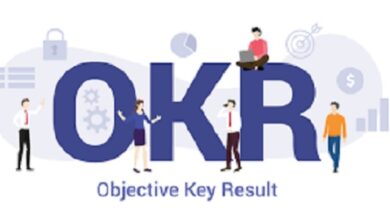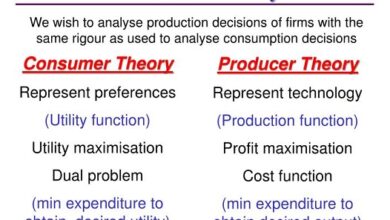Indirect termination how it works calculation and How to request
Indirect termination
The indirect termination of employment contract is a matter of great importance in companies, as it is a type of contract interruption that indicates some failure in relation to the organization’s conduct. This is an employee’s inherent right and can happen for different reasons.
In this post, you’ll understand what this type of termination is, how it happens, and why it occurs. In addition, you will know the impact of these layoffs for a company, how to identify and how to use some tools to avoid this type of layoff.
Among the various types of dismissal that occur in the labor market, indirect termination is also configured. This is a right applicable to the employee, who can request the termination of employment relationships with a company if he has been committed to serious misconduct on the part of the organization. Therefore, it is a dismissal, for just cause, but leaving the employee for the company.
The main drivers of indirect termination are occasionally related to inappropriate behavior by the company. In other words, while the employee must behave consistently in their work, the employer also has these responsibilities.
Reasons termination
Below are the reasons why the employee may request dismissal, the employee may consider terminated the contract and claim the due indemnity when:
- services superior to their forces are demanded, protected by law, contrary to good customs or outside the contract;
- is treated by the employer or his superiors with excessive rigor;
- to be in manifest danger of considerable harm;
- failure to comply with the employer’s obligations under the contract;
- practice the employer or his agents, against him or people of his family, an act harmful to honor and good reputation;
- the employer or his agents physically offend him, except in the case of self-defense, self-defense or that of others;
- the employer reduce his work, whether it is per piece or task, in order to appreciably affect the importance of wages.
Indirect termination can also be called employer’s just cause or forced dismissal and, as mentioned above, it happens when the employer fails to comply with the employment contract agreement or violates the rules described above.
How indirect termination works
This type of termination happens in very specific cases and the company must be notified as a matter of urgency. In addition, it is necessary to prove the events concerning the laws that she is being accused of not complying with.
To carry out this confirmation of the facts that occurred, some artifices can be used, such as: photos, audio, video recording, witnesses etc.
Thus, the evidence will be investigated and who will take the decision on possible cases of contract termination is the Superior Labor Court (TST) , a Brazilian body of high instance to judge labor situations.
According to an article by Jusbrasil, “indirect termination, as soon as recognized in court, obliges the employer to pay the former employee all severance pay, in the same way as if he had been dismissed without cause, including a 40% indemnity on the FGTS. This is because the termination was due to a breach of contract by the employer”.
How to calculate indirect termination
When an indirect termination occurs, all termination rights are assured to the employee . Therefore, he will be able to calculate the amounts he should receive, considering the following rights involved in a dismissal process :
- Salary proportional to days worked since the last payment;
- 13th proportional salary;
- Possibility of withdrawal of FGTS, plus 40% of the total indemnity amount;
- Overdue vacations;
- Proportional vacation with the addition of ⅓;
- Necessary guides for applying for unemployment insurance;
- Indemnity for moral damages (depending on the reason for which the termination is being carried out).
How to request indirect termination
To claim an indirect termination, the employee must file a labor claim. It is recommended that this process be conducted by a lawyer, preferably specialized in labor claims.
Regarding the duration of the process, it is not possible to state precisely the period that this legal activity will take place, as it will depend on the forum where the action was filed.
Another important recommendation for the employee who starts a forced dismissal process is that when he makes this decision, be sure to notify the company involved, so that his absences are not considered abandonment of work .




